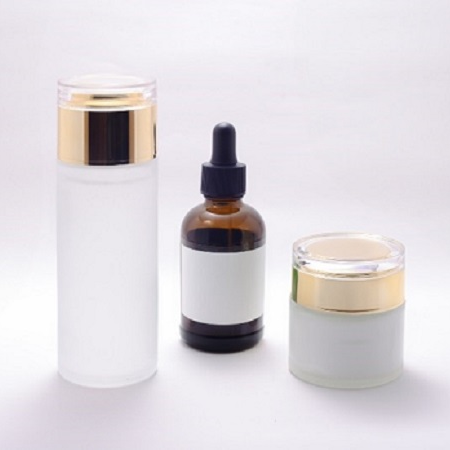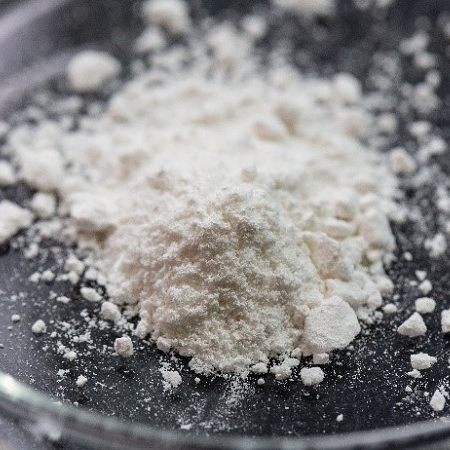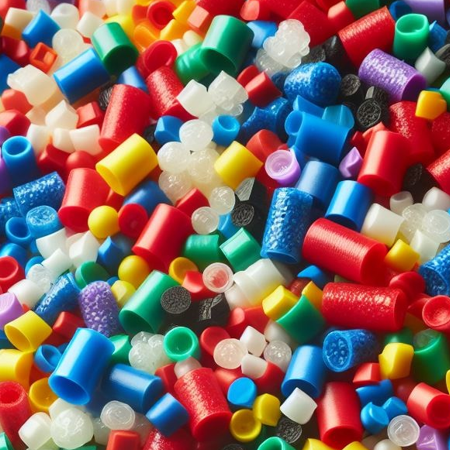Thermal Analysis Applications by Industry
We have a wide range of thermal analysis applications for various industrial fields. Please take a look.
Cosmetics
In the cosmetics field, evaluating product stability, shelf life, and texture is crucial. By analyzing the thermal behavior of creams and emulsions, characteristics such as melting and crystallization of ingredients, glass transition, and evaporation of volatile components can be determined. Thermal analysis provides insights into the thermal changes of cosmetic ingredients at different temperature ranges. Techniques such as Thermogravimetry-Differential Scanning Calorimetry / Differential Thermal Analysis (TG-DSC/DTA) and Differential Scanning Calorimetry (DSC) are widely used for product improvement and quality assurance. Additionally, sample observation analysis, which captures images simultaneously with TG-DSC/DTA or DSC data, allows visualization of flow and color changes due to tem

Fibers & Polymers
For fibers and polymer materials, key evaluation points include melting, crystallization, curing, glass transition, decomposition, expansion, and shrinkage. Thermal analysis helps in understanding thermal behavior, aiding in material selection and process optimization. Thermomechanical analysis (TMA) can assess differences in expansion due to stretching (anisotropy) in films and fibers. When combined with a water vapor generator, TG-DSC/DTA and TMA can analyze the effects of humidity on properties such as glass transition, decomposition, expansion, and shrinkage. Furthermore, sample observation analysis enables the capture of changes in flow properties and color (e.g., yellowing) under temperature variations.

Ceramics & Glass
In the ceramics field, TMA is used to evaluate shrinkage during sintering, post-sintering expansion, and softening. For glass materials, TMA provides insights into thermal expansion, glass transition, and softening (yield point). Expansion and shrinkage data can be used to calculate thermal expansion coefficients. TG-DSC/DTA enables the measurement of volatile content, binder decomposition temperatures, and binder content, as well as the detection of glass transition, crystallization, and melting in amorphous glass. Sample observation analysis, which captures images during TG-DSC/DTA measurements, allows the visualization of shape and color changes (e.g., transparency and opacity) as well as flow properties during temperature increases.

Metals & Alloys
In the field of metals and alloys, understanding thermal behavior such as melting, solidification (crystallization), and phase transitions is essential. DSC and DTA provide key data on thermal properties, aiding in material characterization and optimization of heat treatment processes. For amorphous alloys, DSC can determine glass transition and crystallization behaviors. TG-DSC/DTA can measure oxidation onset temperatures and weight changes due to oxidation, making it useful for evaluating oxidation resistance. TMA data, including expansion and shrinkage measurements, are used to calculate thermal expansion coefficients, contributing to product design and engineering.

Pharmaceuticals
In the pharmaceutical industry, thermal stability significantly impacts drug efficacy and safety, making thermal analysis an essential analytical tool. DSC is commonly used to measure glass transition, crystallization, and melting of pharmaceutical compounds and formulations. It provides insights into amorphous states, polymorphism, and mechanochemical effects from processing such as drying, grinding, and tableting. TG-DTA enables the assessment of moisture content, solvent evaporation, and decomposition temperatures. When combined with a water vapor generator, material behavior under controlled humidity can also be analyzed. Sample observation analysis captures morphological and color changes, such as transparency variations due to melting and crystallization. Additionally, thermal analysis methods are included in regulatory standards such as the Japanese Pharmacopoeia (JP) and the United States Pharmacopoeia (USP).

Plastics & Rubber
Thermal properties such as melting, crystallization, curing, glass transition, decomposition, expansion, and shrinkage directly impact the performance and lifespan of plastics and rubbers. DSC analysis of glass transition and melting temperatures is useful for selecting materials suited for specific temperature conditions. Expansion and shrinkage measurements allow for the calculation of thermal expansion coefficients. TG-DSC/DTA helps assess the effects of additives on heat resistance and thermal degradation, contributing to manufacturing process improvements and recycling technology development. Additionally, TG-DSC/DTA is widely used for quantifying carbon content, organic content, and ash content in rubber materials.
TMA measurements evaluate mechanical properties such as expansion and shrinkage under service temperature conditions, aiding in material selection and product enhancement. Sample observation analysis captures shape, flow, and color changes (e.g., yellowing) due to temperature variations. When combined with a water vapor generator, TG-DSC/DTA and TMA can assess humidity-induced effects on glass transition, decomposition, expansion, and shrinkage.


Contact Us
Whether you're interested in getting a quote, want a demo, need technical support, or simply have a question, we're here to help.
